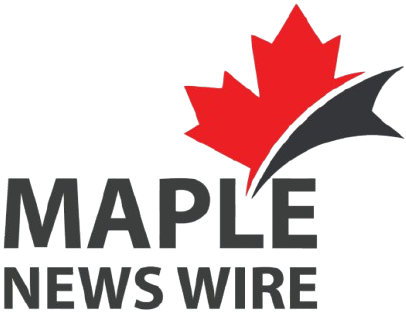Want to sound like a true Canadian? Discover 10 essential Canadian slang terms, from “eh” to “double-double,” and learn how to use them like a local!
Canada isn’t just known for its maple syrup and politeness—it also has a vibrant and unique vocabulary that can surprise even fluent English speakers. Whether you’re planning a trip, moving to Canada, or just curious about Canadian culture, these slang terms will help you blend right in and sound like a local.
1. Eh
Probably the most famous Canadian slang word. It’s used at the end of a sentence to ask for agreement or confirmation.
Example: “Nice day, eh?”
2. Toque (or Tuque)
A winter hat, typically knitted and worn in cold weather. Canadians take their toques seriously, especially in snowy provinces.
Example: “Don’t forget your toque—it’s freezing out there!”
3. Double-Double
A coffee order at Tim Hortons with two creams and two sugars. If you’re getting coffee in Canada, you’ll hear this a lot.
Example: “I’ll grab a double-double before work.”
4. Loonie / Toonie
Slang for the Canadian one-dollar (loonie) and two-dollar (toonie) coins.
Example: “Got a loonie for the vending machine?”
5. Runners
Canadian word for sneakers or athletic shoes.
Example: “Put on your runners—we’re going for a walk.”
6. Pop
What Canadians call a fizzy soft drink (like soda in the U.S.).
Example: “Do you want a pop with your pizza?”
7. Keener
A person who is overly enthusiastic, especially about school or work.
Example: “She’s such a keener—she did the homework twice.”
8. Chesterfield
An old-school term for a couch or sofa. It’s less common now but still distinctly Canadian.
Example: “The guests can sleep on the chesterfield.”
9. Hydro
Short for “hydroelectricity,” but used to refer to your electricity bill in general.
Example: “Did you pay the hydro bill?”
10. Hang a Larry / Hang a Roger
Slang for making a left turn (Larry) or a right turn (Roger) while driving.
Example: “Hang a Larry at the lights, then a Roger after the gas station.”
Conclusion
Canadian slang is a fun and fascinating part of the country’s identity. From coffee shop lingo to driving directions, these terms reflect the everyday life and friendly nature of Canadians. Learn a few, and you’ll instantly feel more connected to the Great White North!




